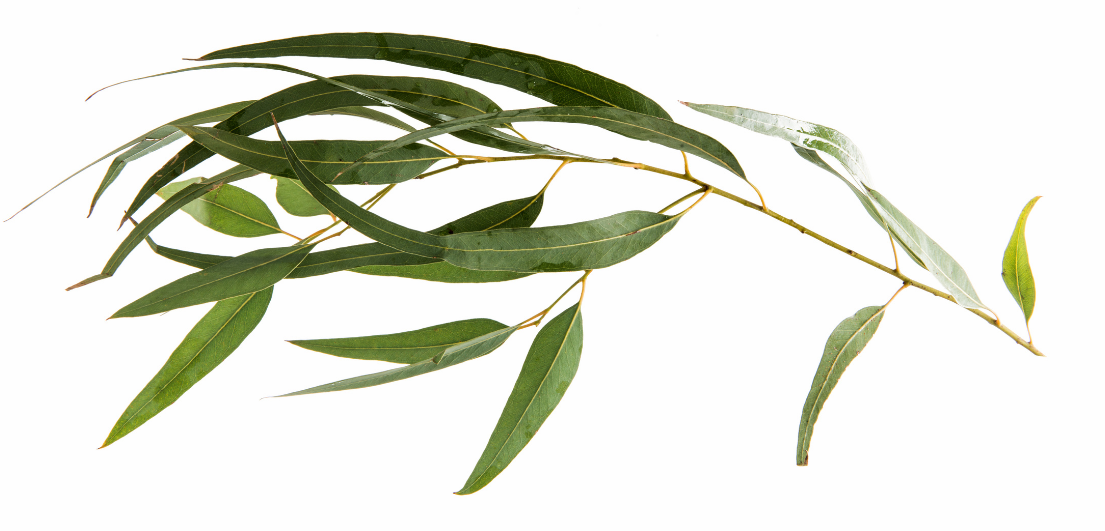"I just play good music, I don’t care who wrote it…"
I’ve read or heard this phrase more than I wish to, and it’s time to be the elephant in the room and share some humble truths about ‘good’ wind band music. To do this, I draw an analogy to the rise of Impressionist Art as I believe many parallels, and lessons, can be learned from this period in history.
From 1648-1881 the Royal Academy of Art was housed in Paris, France. It was founded by Cardinal Mazarin as the Royal Academy of Painting and Sculpture and changed names numerous times, all the while remaining the same institution. (It was also briefly abolished during the French revolution). In 1661, artist Charles Le Brun (1619-90) was appointed as the Academy’s first director by Jean-Baptiste Colbert, who was the chief adviser to King Louis XIV. Colbert recognised the advantage of domineering French art and within a short time frame, de Brun had gained control over French artistic styles.
“The school was most famous for their Neoclassical style, born from baroque and Rococo art styles. However; over time, the style became so rigid that it became referred to as ‘academic art’”
In 1667, the Academy held the first of many annual public exhibitions of French Art (the only permitted public art exhibition). Hundreds of artists would submit their work, and the Academy staff would select works to exhibit that they deemed to be ‘good’. These exhibitions were called a Salon and the annual Salon de Paris became a pathway to fame and fortune for many visual artists. The school was most famous for their Neoclassical style, born from Baroque and Rococo art styles. However; over time, the style became so rigid that it became referred to as ‘academic art’.
So why is this important?
With only one permitted public Salon per year in France, and a stringent set of academic-based rules on how to paint, draw and sculpt, the French public became accustomed to one idea of what art should look like. One idea of ratios, themes, painting styles and techniques. One idea of what they believed to be ‘good’.
The Academy rules had become so stringent that in 1863, almost 3000 art works submitted for consideration to the Salon de Paris were rejected (about two-thirds). The artists, led by Édouard Manet (1832-1883), appealed to Napoleon III (the nephew of Napoleon I) for support. The first President of France was aware of the importance of pleasing the people (after three revolutions), and arranged for a second exhibition of “refused art” to occur for the people to view.
The 1863 Salon des Refusés featured approximately 780 art works and was met with some giggles and guffaws from the French public. The public had not seen anything other than ‘academic art’ for more than a century and did not know what to make of the ‘less than perfect’ portrayals of common people doing ordinary things (including women). Nevertheless, a new-found interest in the more eccentric styles was sparked.
The Harbor at Lorient (1869) by Berthe Morisot - she was the sole female artist featured in the first Impressionist exhibition of 1874.
In April/May of 1874, the very first exhibition of Impressionist Art was held, featuring the works of Claude Monet, Edgar Degas, Pierre-Auguste Renoir, Camille Pissarro, and Berthe Morisot. In 1881, the Academy gave up control of the Salon de Paris to the Society of French Artists and from here, many more independent salons gave rise to a new era in visual art.
I draw an analogy to these events in France to the current opinion, held by many, that they simply want to play “good music”, without a care for gender, race, creed or colour. I challenge you to consider that perhaps, just perhaps, the conjured idea of ‘good music’, particularly in works for wind bands ranging from Grades 1-3, has been carefully manicured by a combination of publisher restrictions and competition rulings over the past 100 years. That the idea of what is possible with middle and high school bands is based on an ‘academic’ ideology regarding orchestration, melodic shape and length, thematic development and harmonic progression. Whilst this music can be deemed as being ‘good’ from a certain point of view, it is not the ONLY point of view.
Composers who do not fit into this ‘academic’ mould find it very difficult to have their works played at prominent conferences, or selected for prominent placement on particular music distributor websites. The works are rarely played on music reading days as these are largely sponsored by large-scale publishers and few have found a place onto state music lists. This is the humble truth.
The result? Many ‘good’ compositions for wind band that are approaching music composition from a different angle (that is also ‘good’) are left largely unheard.
THIS is why it is important to seek music from other sources. THIS is why it is important for now (just for now), that programming with intention is necessary. Necessary for repertoire growth, necessary for currency, and necessary if wind band music is to remain relevant to 21st century music education.
“So, the next time you hear yourself or someone else say “I don’t care about gender or colour, I just play good music”, respond with “Yes! We all do! But do you really know how much “good” music is actually out there?”
We ALL want the best music to be played. Believe me. But right now I believe you are missing out on several really GOOD works by GOOD composers because their works do not exactly match the current ‘academic’ standards. They ARE good. Some just come from a different point of view… just like Claude Monet and Berthe Morisot in the latter part of the 19th century.
So the next time you hear yourself or someone else say ‘I don’t care about gender or colour, I just play good music’, respond with "Yes! We all do! But do you really know how much 'good' music is actually out there?".
You never know, there could be a Monet-equivalent waiting around the corner that your current repertoire-finding-resources simply won't allow you to find…
Don't know where to start? Try these websites:



